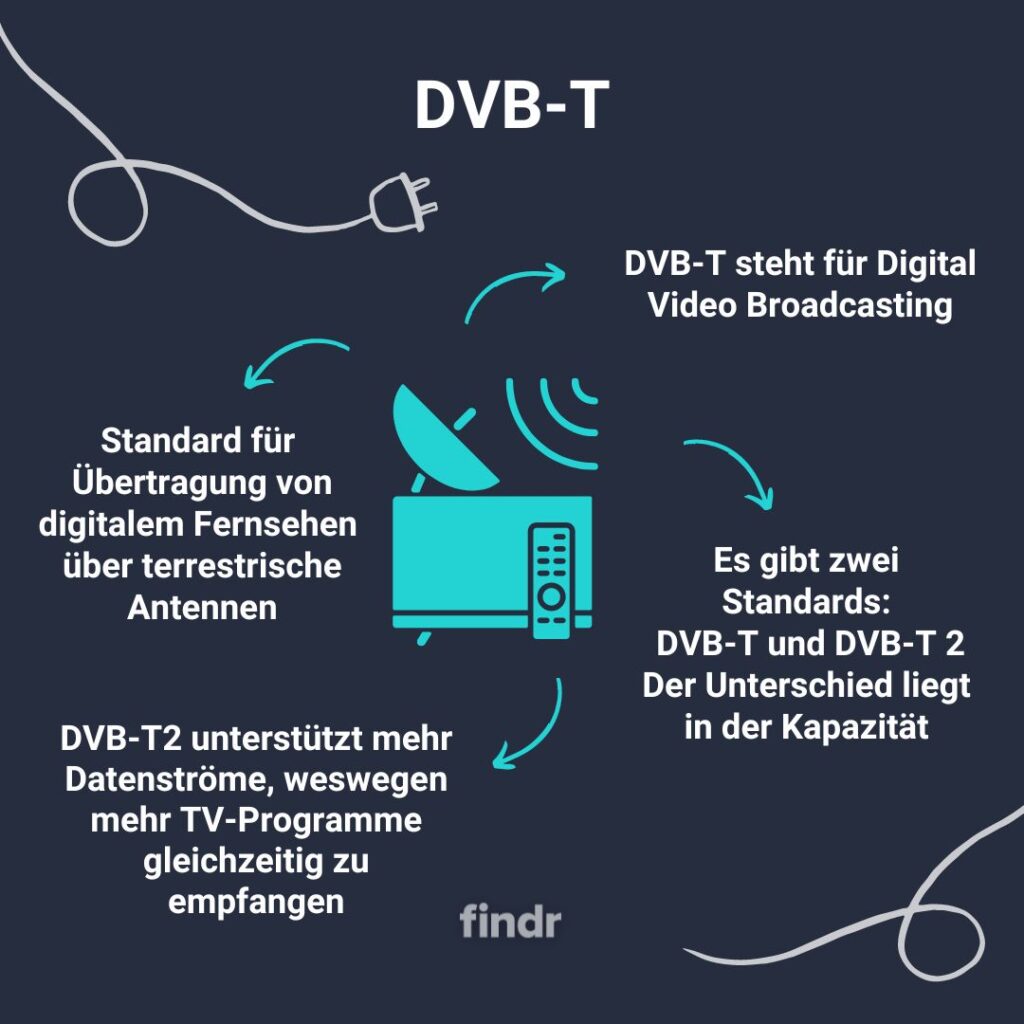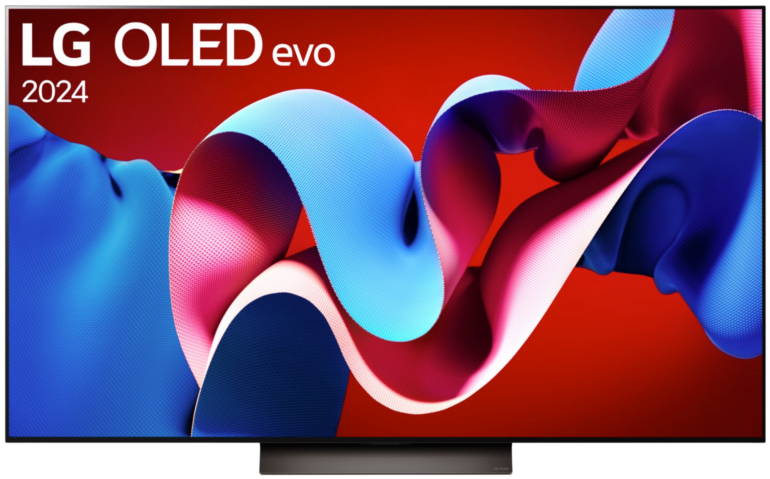DVB-T (Digital Video Broadcasting – Terrestrial)
DVB-T is short for “Digital Video Broadcasting – Terrestrial” and is a standard for the transmission of digital television via a terrestrial antenna. There are currently two standards in use: DVB-T and DVB-T2. . The main difference between them is capacity. DVB-T2 offers higher transmission capacities and therefore better picture and sound quality. Also, DVB-T2 supports more data streams, which means you can receive more TV programs at the same time. In short, DVB-T2 is the improved version of DVB-T.
tvfindr Wiki All terms sorted alphabetically
Categories
- Audio
- Codecs
- Companies
- Features
- Ports
- Technical Terms
- Connectivity
- Misc
- Smart-Features
- Video
- Image Errors
- Image Formats
- Image Function
- Ports
- Technical Terms
- 4K
- 4K@120 Hertz
- Aspect ratio
- Backlight
- Banding
- Bit
- Black level
- Brightness
- Calibration
- Candela
- Color resolution
- Color space
- Color space coverage
- Color temperature
- Color volume
- Contrast
- Curved
- Filmmaker
- Flat
- Full HD
- Gamma
- Gamut
- HD Ready
- Home theater
- Image format
- Image synchronization
- Input Lag
- ISF
- Luminance
- Motion Handling
- Native resolution
- Netflix Calibrated
- Pixel
- Pixel density
- QFT
- QHD
- Raytracing
- Rec.2020
- Refresh rate
- Resolution
- Response Time
- Smart-TV
- UHD
- UHD-2
- VR
- White balance
- WQHD
- TV Tech


